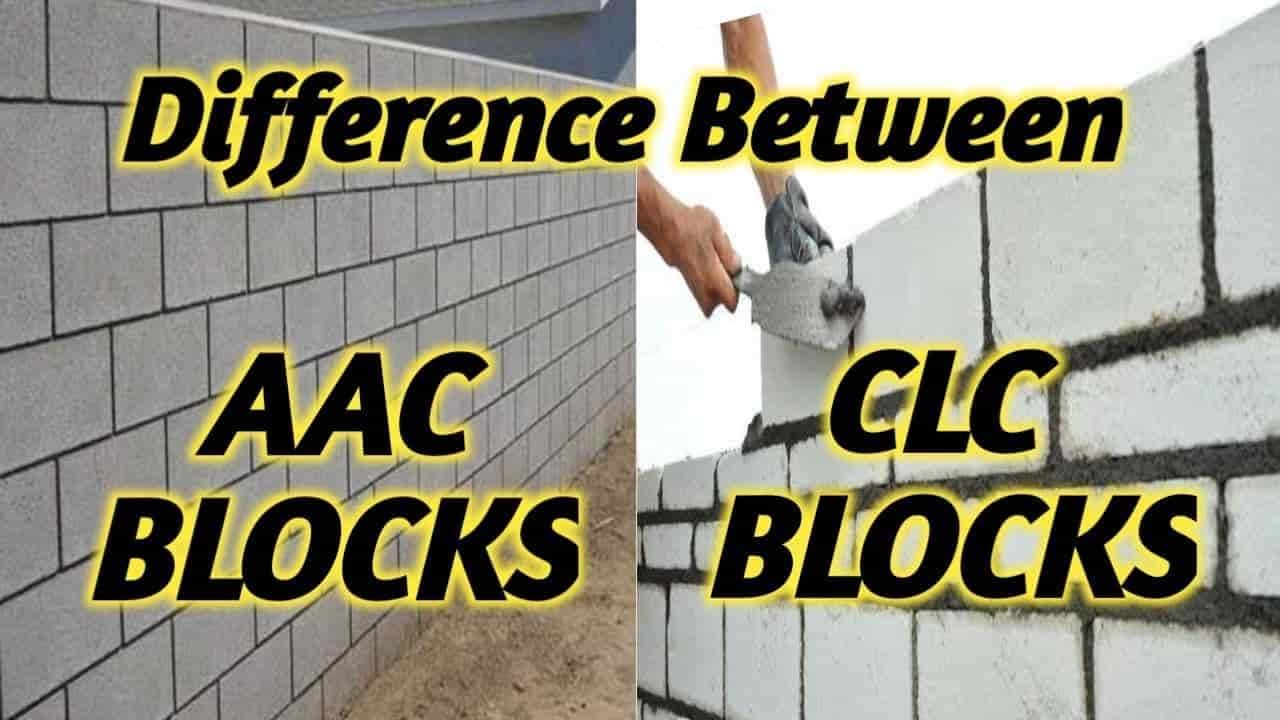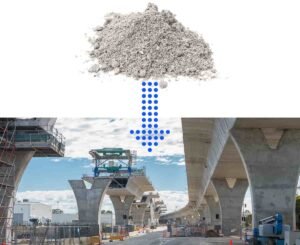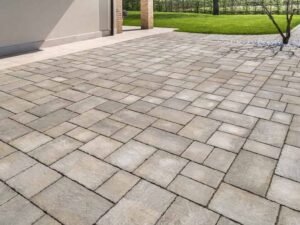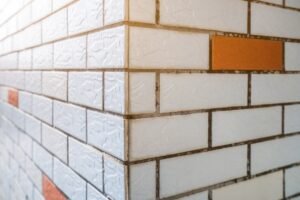AAC blocks and CLC blocks are two of the most popular types of building blocks used in the construction industry. While they share some similarities, there are also key differences between the two. In this article, we will explore these differences in detail.
AAC Blocks:
AAC blocks, also known as autoclaved aerated concrete blocks, are a type of lightweight building material made from cement, water, and finely ground sand or fly ash. The blocks are formed into various shapes and sizes, then cured under high pressure steam in an autoclave to create a highly porous material with excellent thermal insulation properties.
AAC blocks are known for their strength, durability, and resistance to fire, pests, and moisture. They are also highly energy-efficient, reducing the amount of energy needed for heating and cooling. Additionally, they are easy to handle and install, making them a popular choice among builders and architects.
Advantages of AAC Blocks:
Lightweight: AAC blocks are lighter than traditional concrete blocks, which makes them easier to handle and transport.
High Strength: Despite being lightweight, AAC blocks are highly durable and have a high compressive strength.
Energy-Efficient: AAC blocks have excellent thermal insulation properties, reducing the amount of energy needed for heating and cooling.
Fire Resistant: AAC blocks are highly fire-resistant, making them a safe choice for buildings.
Soundproofing: AAC blocks have good soundproofing qualities, reducing noise levels inside buildings
Disadvantages of AAC Blocks:
Cost: AAC blocks are more expensive than traditional concrete blocks.
Availability: AAC blocks may not be readily available in all locations.
Curing Time: The curing time for AAC blocks is longer than for other types of blocks.
CLC Blocks:
CLC blocks, also known as cellular lightweight concrete blocks, are a type of lightweight building material made from cement, water, and foam. The foam is added to the concrete mix to create air pockets, which reduce the weight of the blocks while maintaining their strength and durability.
CLC blocks are known for their thermal insulation properties, which make them ideal for use in cold climates. They are also highly fire-resistant and have good soundproofing qualities. Additionally, they are easy to handle and install, making them a popular choice among builders and architects.
Advantages of CLC Blocks:
Lightweight: CLC blocks are lighter than traditional concrete blocks, which makes them easier to handle and transport.
High Strength: Despite being lightweight, CLC blocks are highly durable and have a high compressive strength.
Thermal Insulation: CLC blocks have excellent thermal insulation properties, making them ideal for use in cold climates.
Fire Resistant: CLC blocks are highly fire-resistant, making them a safe choice for buildings.
Soundproofing: CLC blocks have good soundproofing qualities, reducing noise levels inside buildings.
Disadvantages of CLC Blocks:
Cost: CLC blocks are more expensive than traditional concrete blocks.
Availability: CLC blocks may not be readily available in all locations.
Curing Time: The curing time for CLC blocks is longer than for other types of blocks.
Material Composition: The foam used in CLC blocks may degrade over time, reducing the durability of the blocks.
Conclusion:
AAC blocks and CLC blocks are both excellent choices for building materials, with their own advantages and disadvantages. While AAC blocks are more widely used and have better availability, CLC blocks are ideal for use in cold climates due to their excellent thermal insulation properties. Ultimately, the choice between the two will depend on the specific needs of the building project, as well as local availability and cost considerations.




